Debt & Equity Financing – What’s the Difference?
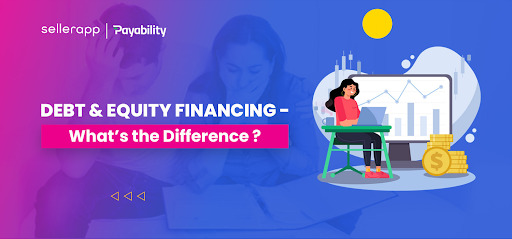
Debt and equity financing are two of the main types of funding often utilized by eCommerce businesses. Knowing how they differ and what each option offers is key to understanding which one is right for your business. Each has its benefits and disadvantages, and business owners need to make the most informed decision for their company. Breaking down the differences, this article looks at what each form is, and what it isn’t.
Equity Financing
Equity financing is essentially the process of raising capital by selling shares of your business to an equity investor. The investors are called shareholders because they have received partial ownership of the company by investing. Types of equity financing options for eCommerce businesses include venture capitalists, angel investors, and small business investment companies (SBICs). Financial statistics such as a company’s revenue growth, profit margins, debt, and more, which are available when using a stock research tool, are vital for investors seeking new ideas.
FBA Aggregators – FBA (Fulfilled By Amazon) aggregators are large companies buying out smaller third-party Amazon sellers. The Amazon Marketplace business is booming, and these aggregators operate as miniature covert equity firms, and the trend is expected to continue. There are websites online to introduce sellers to Amazon FBA aggregators.
Angel investors – Individuals who invest to help launch new businesses that need quick funding are called angel investors. These investors can include friends or family members who use their own money to help get the company off the ground, often in exchange for ownership equity. Personal finance statistics like these can be great but come with no guarantees.
Small business investment companies are privately owned and managed companies regulated by the Small Business Association, with investments ranging from $100k to $5 million. An SBIC uses its own funding in addition to funds borrowed to make debt investments and small business loans to qualifying businesses.
What are the benefits and disadvantages of equity financing?
Benefits
• There are no ongoing obligations
You won’t be required to make daily or monthly payments, so your cash flow is freed up to be used elsewhere to strengthen the business.
• It’s not dependent on credit
Equity investors don’t generally invest based on credit scores, but on the ability to pay back and the business’s potential.
• It limits liability
The investors take on the high risk of these capital structures, so the burden does not rest on your business.
• You’re given expert advice and direction
Many equity investors provide business advice to contribute to the success of your business.

Disadvantages
• It can be a lengthy process
The equity financing process can be very time-consuming and require many actions, including gathering essential documents, presenting them to the investor, and a lengthy wait process.
• You have less authority and proprietorship
When you use equity financing, you are giving up a part of your company to your investors. This affords them a say in virtually all of your business decisions.
• Profits must be shared
Because your investors own part of your company, they’re entitled to some profits as well.
Takeaway
Equity financing is a desirable choice for fast-growing eCommerce businesses. It’s imperative to search out the pros and cons, establish how much control of the company and profits you are willing to give up, and weigh all the options to decide if equity financing would be a choice for your business.
What are the advantages and disadvantages of debt financing?
Debt financing is ascribed to the process of borrowing money and paying it back at an agreed-upon time with interest over a specific period. This method is considered the opposite of equity financing. This type of popular financing includes SBA (Small Business Administration) loans, online business loans, business credit cards, and bank loans.
Peer-to-peer lending – an alternative form of lending, it occurs when the borrower is connected directly to the lender, bypassing traditional forms of lending from banks. Often peer-to-peer lending can be set up online through websites that will set the rates and terms for each transaction. There are risks with this type of lending, including the lending platform closing and your investments not being recovered.
Online business loans – offered by business lenders operating online and generally range between $5k-$250k. These loans typically have high approval rates, speedy application processes, and fast funding but are not normally given to brand-new businesses. Processed entirely online and having higher interest rates than traditional banks, they typically require daily payments.
Business credit cards – Business owners often take a business line of credit to fund things like start-up expenses, marketing endeavors, and early growth. Business credit cards are available for businesses of all sizes, stages, and maturity levels. Remember that credit card funding is limited and can be costly if the balance is not paid in full each month.
Bank Loans – Traditional bank loans are generally offered to successful, established businesses based on profitability, credit, and concrete business plans. Loan amounts vary greatly but can be more than $1 million. Bank loans typically offer low-interest rates with payment terms, including fixed monthly payments. Occasionally, it could take months for a business to be approved. According to Adam Smith from Hard Money Lenders IO, this is something to keep in mind if you need fast funding.
Takeaway
Because there are so many financing options now available, each with its own set of rules and qualifications, it’s crucial to weigh out the pros and cons of each one before entering into a financial obligation. Loans and credit cards are excellent ways to get funded in the short term or the long term, depending on your terms. Ensuring that you fully understand the financial status and projections of your business will give you peace of mind when beginning the process of entering into an agreement.
Others
In addition to debt and equity financing, there are other funding channels, including marketplace funding which is available for sellers on Amazon or Shopify; payment processing financing using companies like Stripe or Square to process payments on your own website, and Payability, a financing company created for eCommerce sellers.
Payability
Payability offers financing options to eCommerce sellers on platforms like Amazon, eBay, Walmart, Shopify, and more. There are two financing solutions – Instant access for daily payouts and instant advance for larger funding advances. Trusted by thousands of eCommerce sellers who use it to grow their business, Payability also offers the first card made exclusively for marketplace sellers.
Instant Access – Get paid daily with a fast and easy approval process and same-day free transfers. This accelerated payout program gives instant access to your money from earnings every day.
Instant Advance – Get capital to grow your eCommerce business. You can use an instant advance of up to $250k on inventory or marketing to take your business to the next level. Receive up to 2% cashback with fast and easy approval with no credit checks.
Final thoughts
There are various financing options available to supplement your business financially. Do your homework and compare the options to see which is most feasible and would bring your business the most success. If you’re in the market for flexible financing with no credit check necessary, and the option of getting paid daily appeals to you, check out Payability.
Additional Read: Amazon Lending vs. Inventory Financing: Which Option is Right for you?


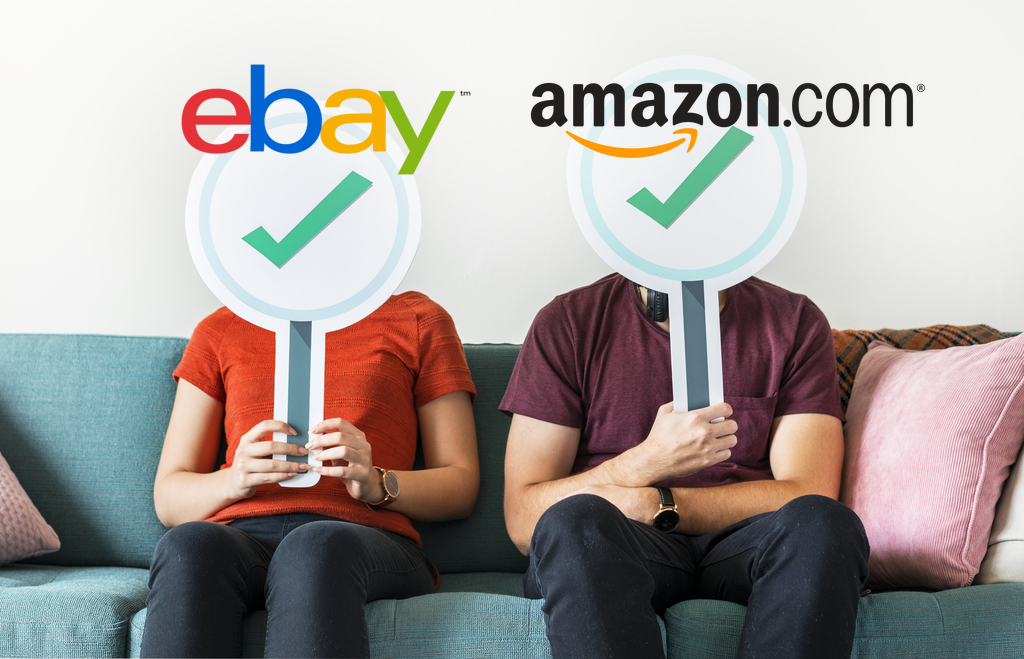

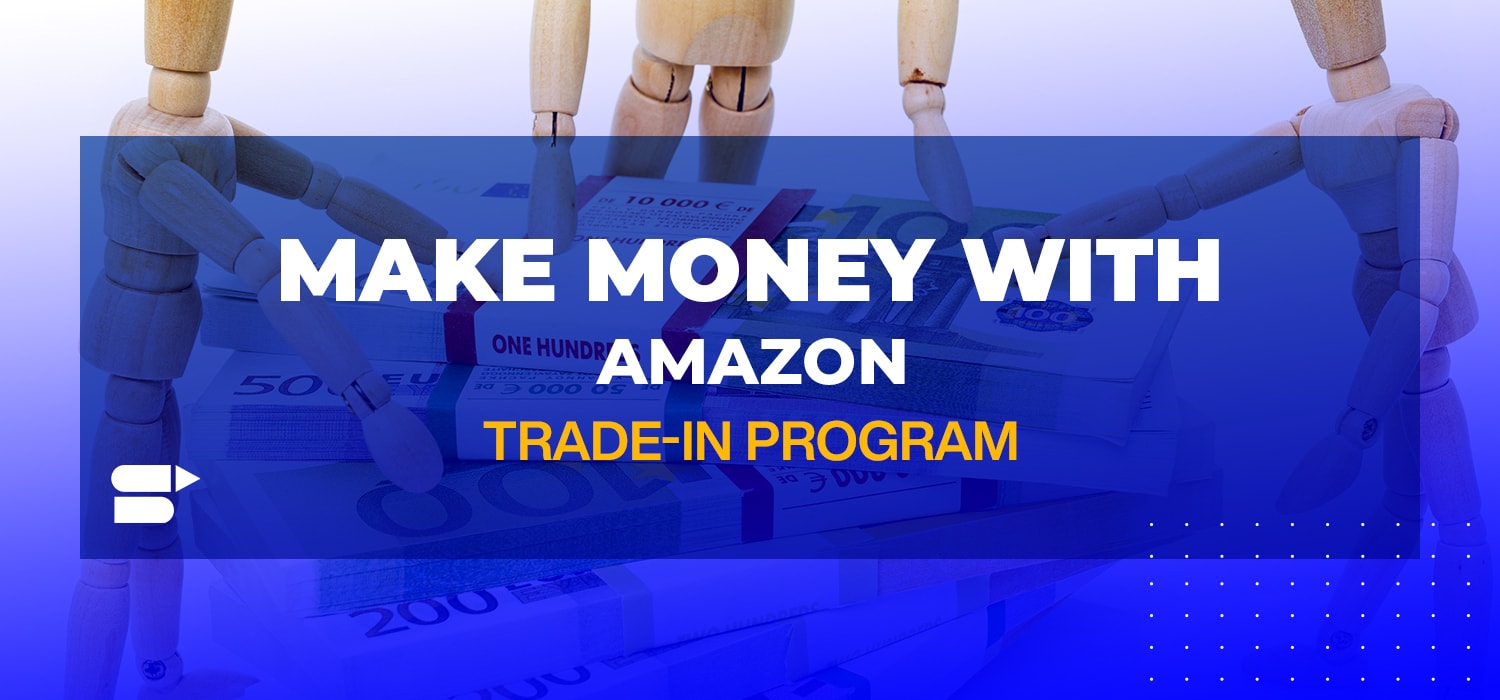

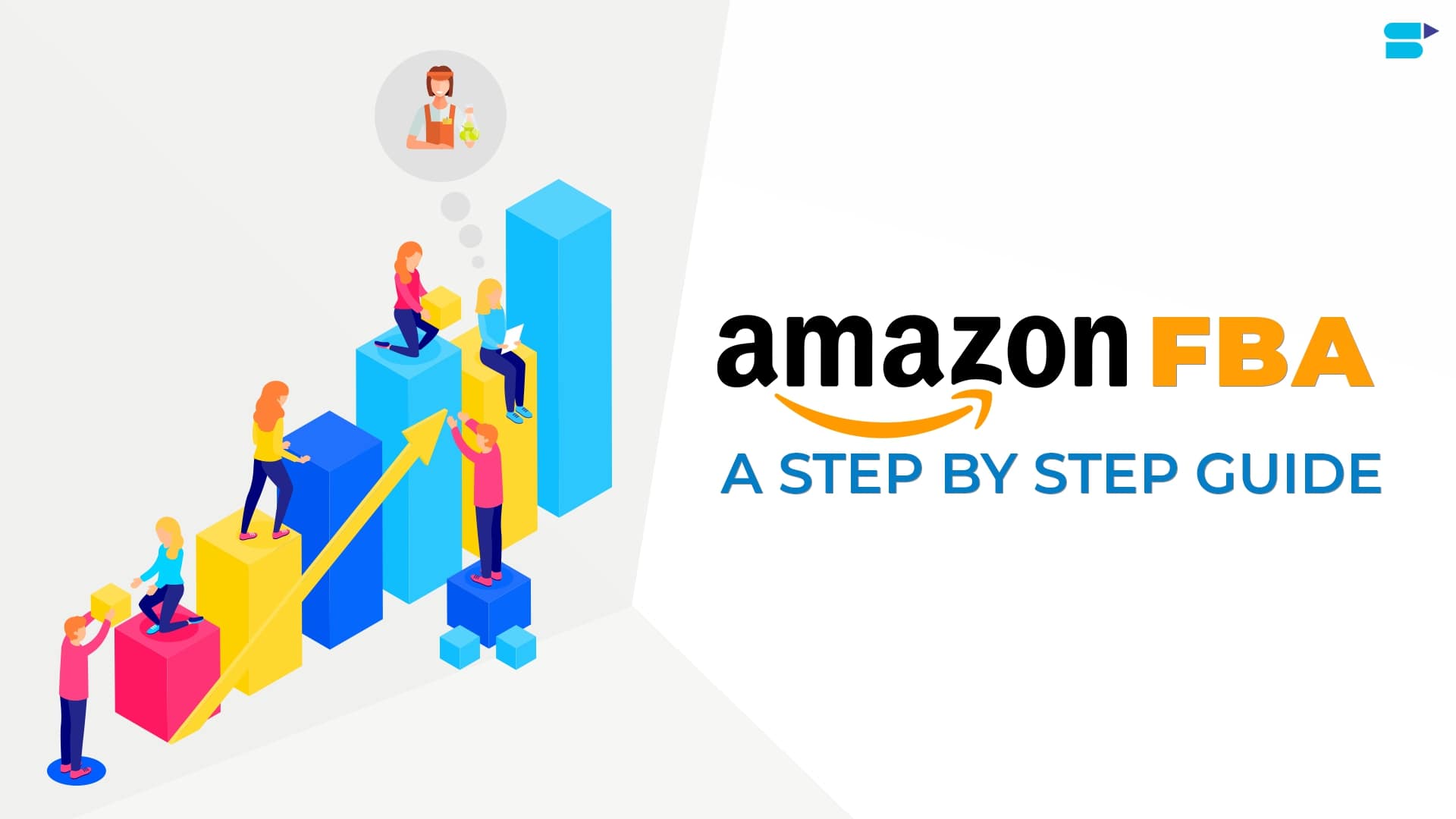
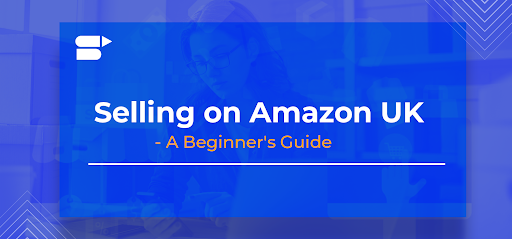

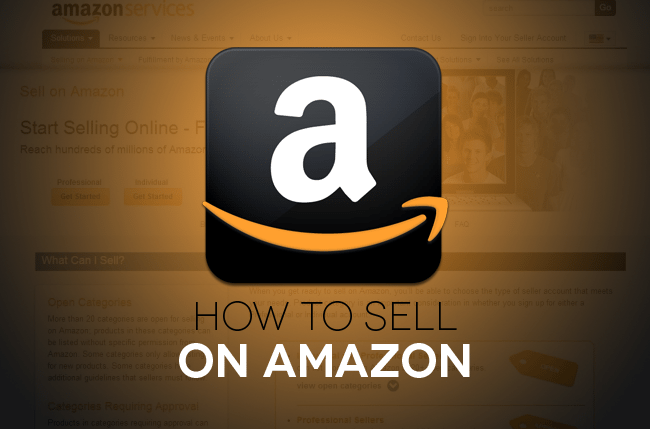

Zoey
November 26, 2021Whom do you refer to as Angel investor in equity financing ?
Rita
November 26, 2021Great post.